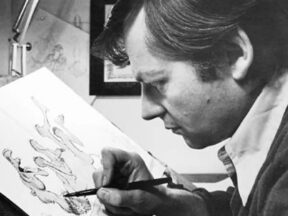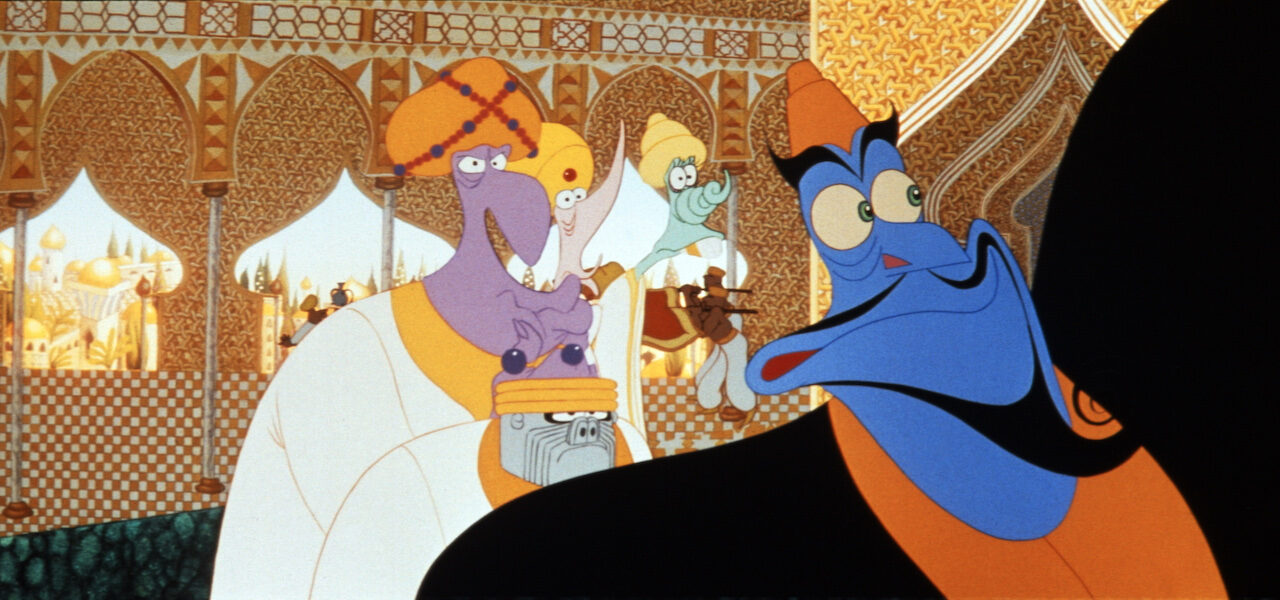
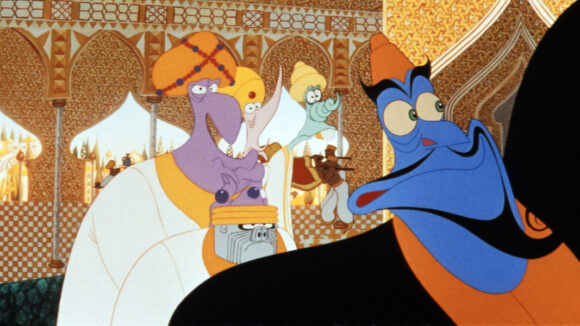
The Animation That Changed Me: Tomm Moore on ‘The Thief And The Cobbler’
Welcome to The Animation That Changed Me, a new series in which leading filmmakers and artists discuss one work of animation that has had a formative influence on their career. Our first guest is Tomm Moore, a co-founder and director at Cartoon Saloon in Kilkenny, Ireland, where he has directed three features: the Oscar-nominated The Secret of Kells and Song of the Sea, and the forthcoming Wolfwalkers. Moore has chosen Richard “Dick” Williams’s great fantasy epic The Thief and the Cobbler, which exists in many versions, none of them definitive — Williams was fired from the production before completing it. Over to Moore:

In my first year studying animation in Ballyfermot College [in Dublin], I started a deep dive into the lore of classical animation. One of my classmates had a VHS tape of the version of The Thief and the Cobbler that was released in South Africa [in 1993]. If I remember correctly, it didn’t have some of the annoying extra voices found in other versions, though it still had the awful added songs. But the good stuff really shone out and I was blown away. After Dick lost control of the project, it went to Dublin for work to be done at Sullivan Bluth Studios. At some point, one of our teachers, who was working in what remained of Bluth, told me there was a copy floating around of how the film was when it arrived there. I managed to track down a copy.
As amazing as it was to see the original storyboards and line tests, there was also a documentary on Dick on the end of the tape, dating from when the movie was still in production before all the sad events with the Completion Bond Company had transpired. It was a huge inspiration to me to try and do something similar: make a studio to do commercial work that might pay for a feature that was unashamedly independent and artistic.
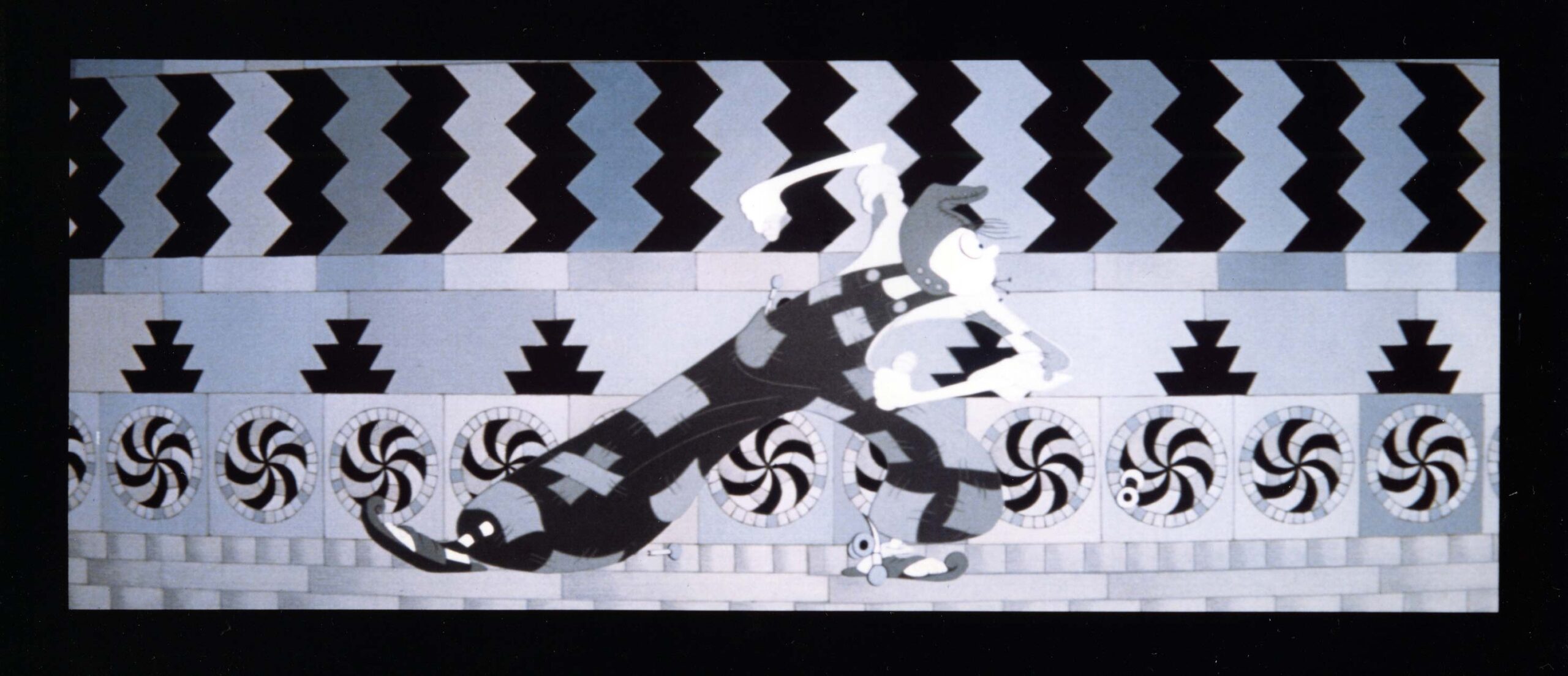
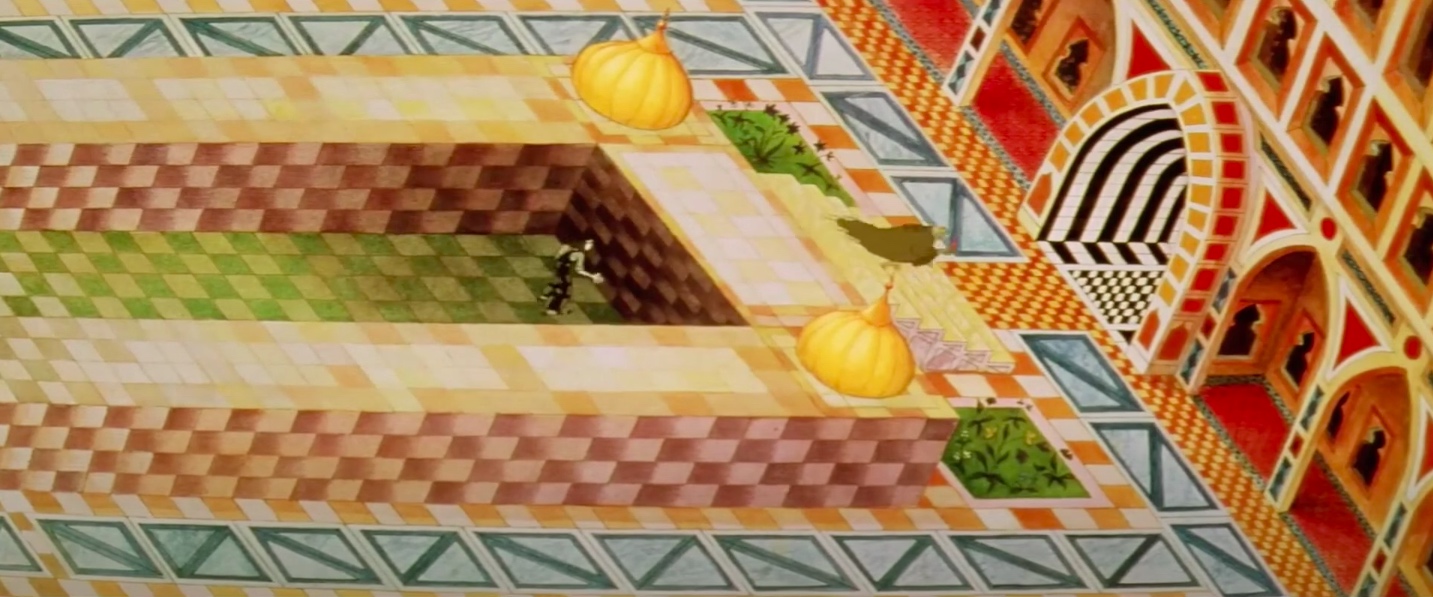
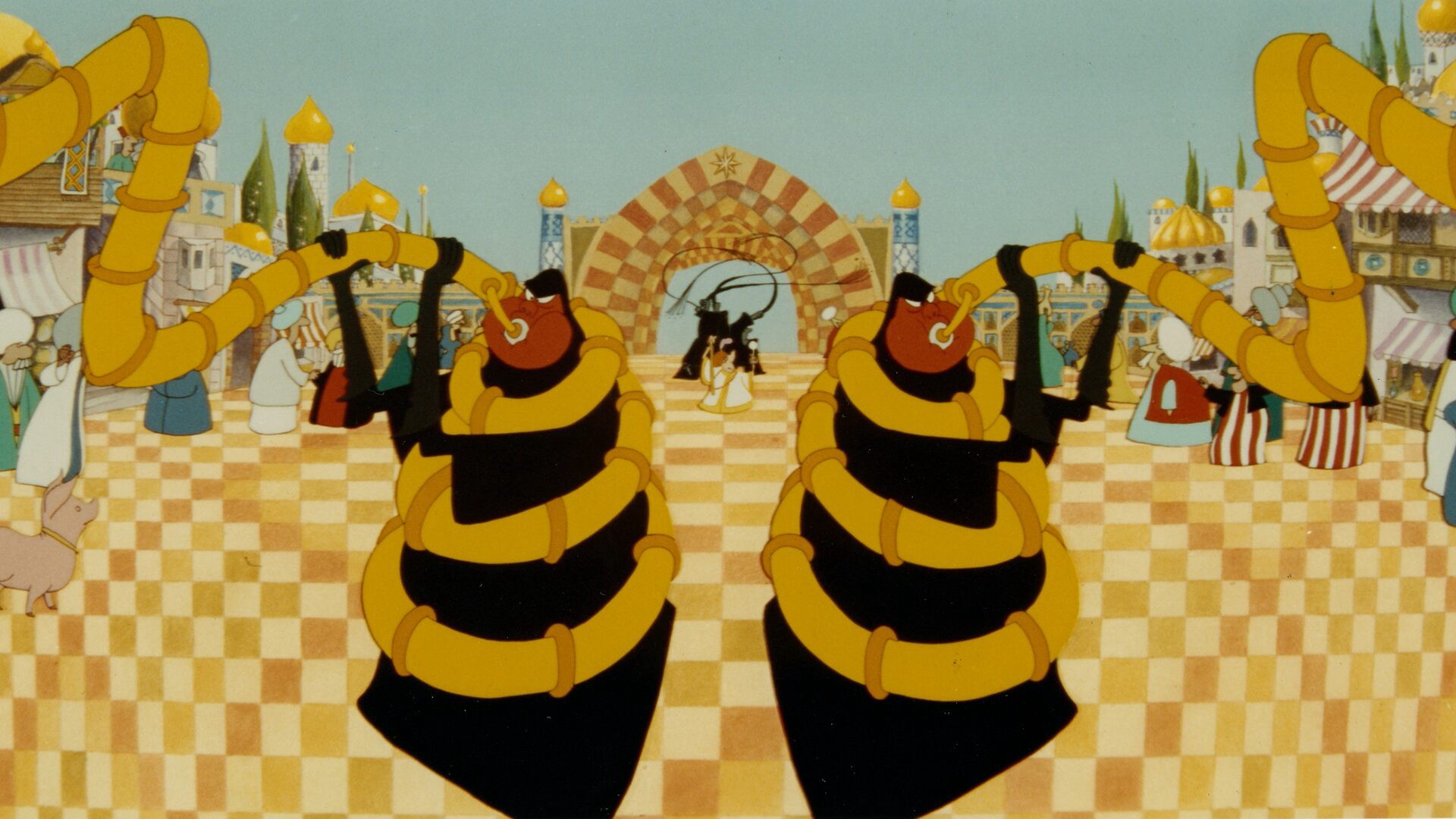
When we started Cartoon Saloon, we were so nerdy that we would have Thief watching parties: we’d drink and go over scenes frame by frame. The film is not classically structured, or as character-focused as the Pixar films coming out at that time. The story is more a hook for a series of elaborate set pieces, like The Jungle Book or Yellow Submarine.
The film felt like an elaborate version of some of the more artistic films I loved from Eastern Europe, such as the Hungarian Folk Tales, which had a similar (if less elaborate) approach to using folk art and all the strange stylistic idiosyncrasies of those styles in animation. I was as impressed with the design and approach to film language as with the animation. I loved how it played with the rules of perspective, and Dick’s approach that anything that could be drawn could be animated.
[Layout and background artist] Roy Naisbitt had a big influence there too. He effectively created the amazing art direction and camera moves — a huge part of what impressed me.
To me, the film felt like a clear direction for hand-drawn animation in the face of cgi — a way to play to the strengths of the natural 2d look and make it a feature, not a bug. I wished Dick had finished it, rather than keeping on working on it to some insanely high standard. If it had been released before cgi became commonplace, I would have loved to see how it would have changed animation history.
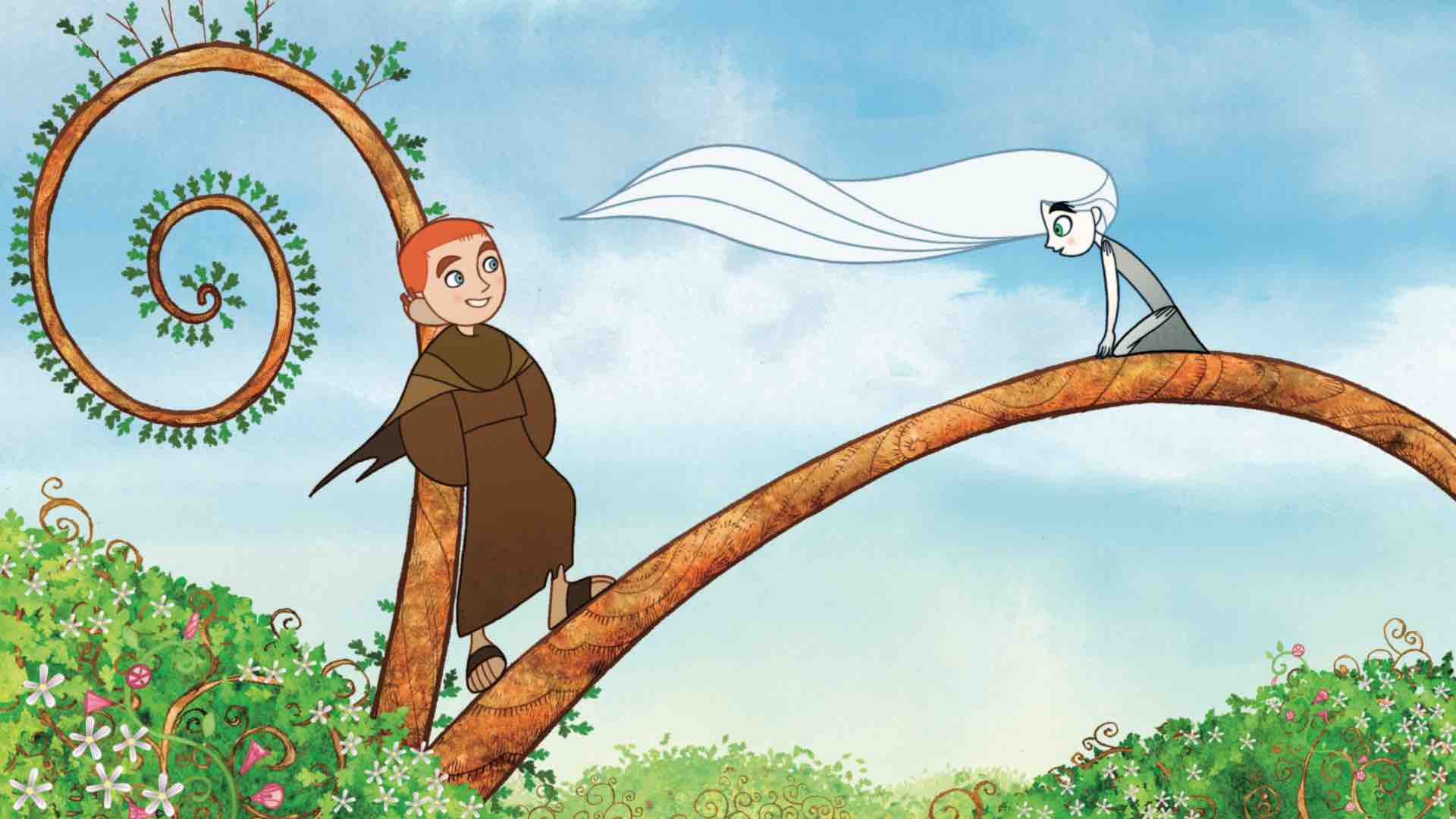
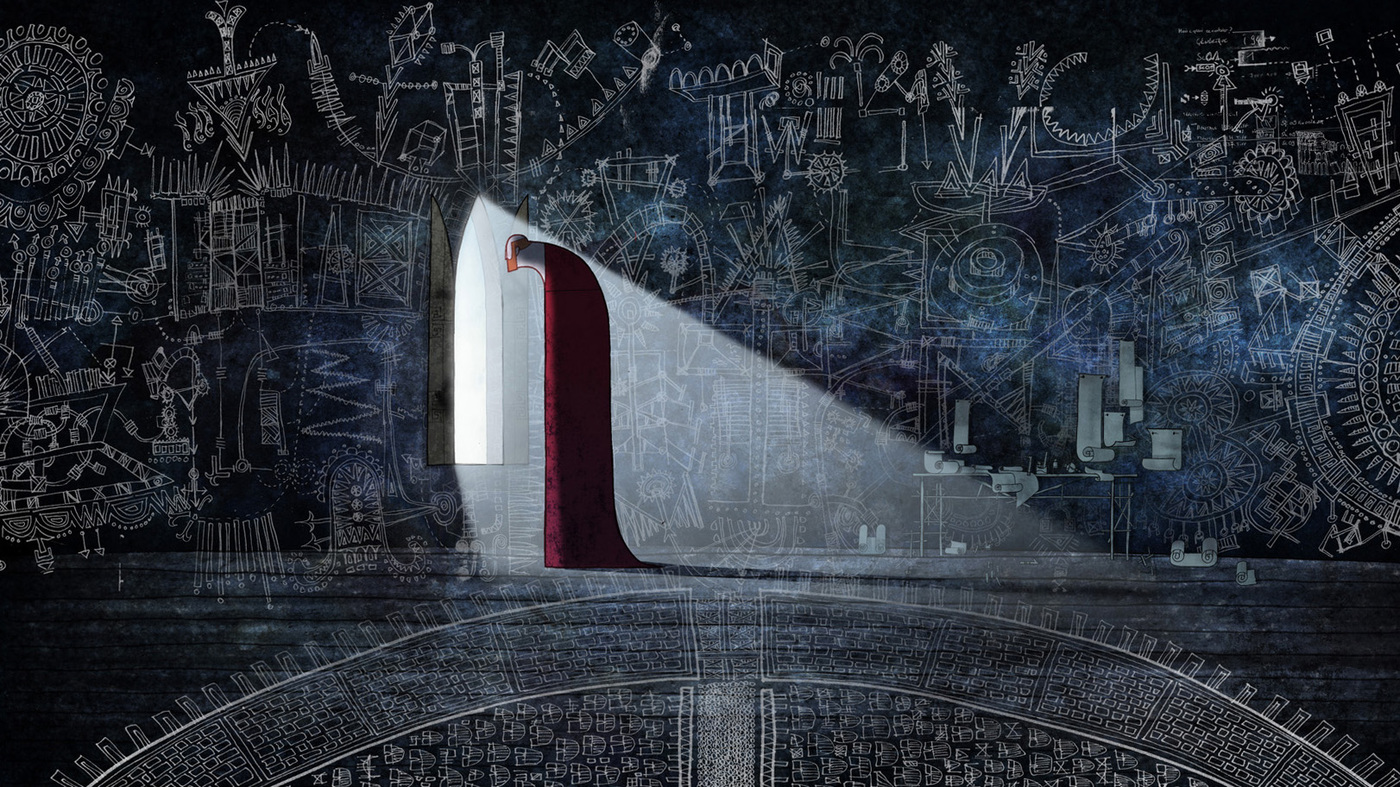
I loved how Dick made his studio into a kind of school, a kind of repository of the knowledge of golden-age animators like Art Babbitt and Ken Harris. His fearless, persistent pursuit of excellence was very inspiring to my younger self. Over the years, I heard stories of a darker side that I suppose was inevitable with someone so driven. I would hope to avoid the mistakes that were perhaps made in how hard he worked himself and his team. The production was also a sad lesson in being able to know when to compromise to get something finished.
Dick gave me some good advice early on when I attended one of his masterclasses and showed him early work for The Secret of Kells. I met him many years later in Aardman; he was 82 or something and still animating away, and so friendly and encouraging. He even knew who I was, which was immensely flattering. I also spent time with Roy, who was also very generous and so humble.
The “War Machine” and “Chase” sequences in Thief are really exemplary of the type of creative use of the medium that permeates our own approach in Cartoon Saloon. Early on in the development of The Secret of Kells, we really played with the perspective cheats and op art influences. We got these influences from the “Chase” scenes, which remind me of Bridget Riley’s paintings, as well as the Persian art that inspired the film. We have tried similar effects in Wolfwalkers, which I’m sure avid animation fans will spot.
(“Wolfwalkers” will be released later this year on Apple TV+. Moore’s comments were taken from a longer interview transcript.)


